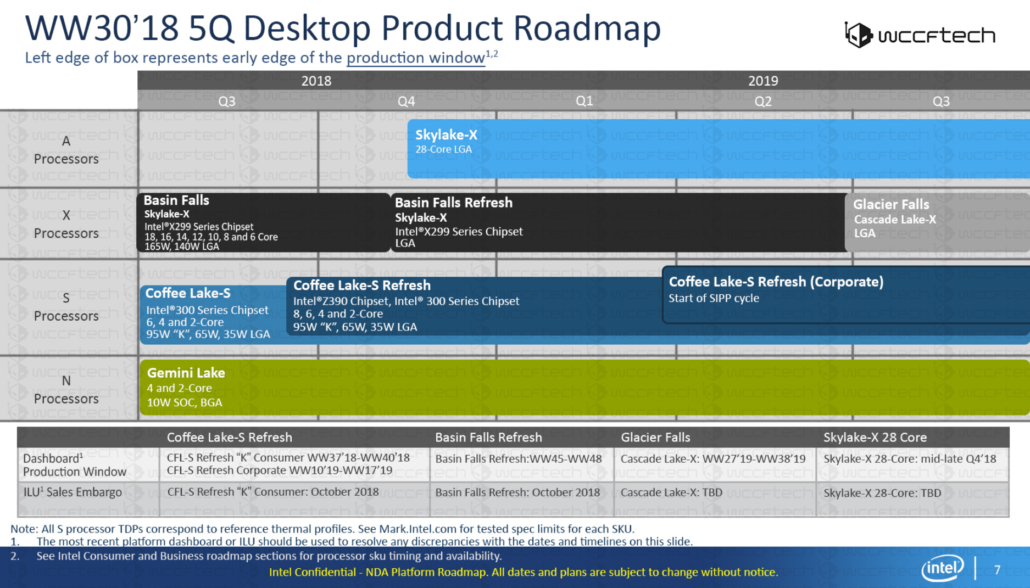You cannot find one still because Intel has not still announced CascadeLake-X chips.
Sorry, but comparing the expected pricing of an unreleased 32 core Threadripper to the pricing of a 8P 28 core Xeon continues being biased and unfair.
The 28c Xeon is also one of the most complex dies in the history of dies, and any 28c consumer processor from Intel is going to be balls expensive unless Intel wants to take a loss just to top the benchmark charts. The big Xeons have been getting more and more expensive each generation, with lower and lower yields - the 18c Haswell part was never supposed to exist and the full Broadwell-EP (24c) die only existed in the form of a $7K 8P flagship.
The 2990X is a huge win for AMD's MCM + Infinity Fabric strategy, it doesn't cost much more than four Ryzen 2700X's to make. It's also easier to find 4 8c dies that clock well than one 28c die were all the cores can achieve high clock speeds.
![[H]ard|Forum](/styles/hardforum/xenforo/logo_dark.png)


